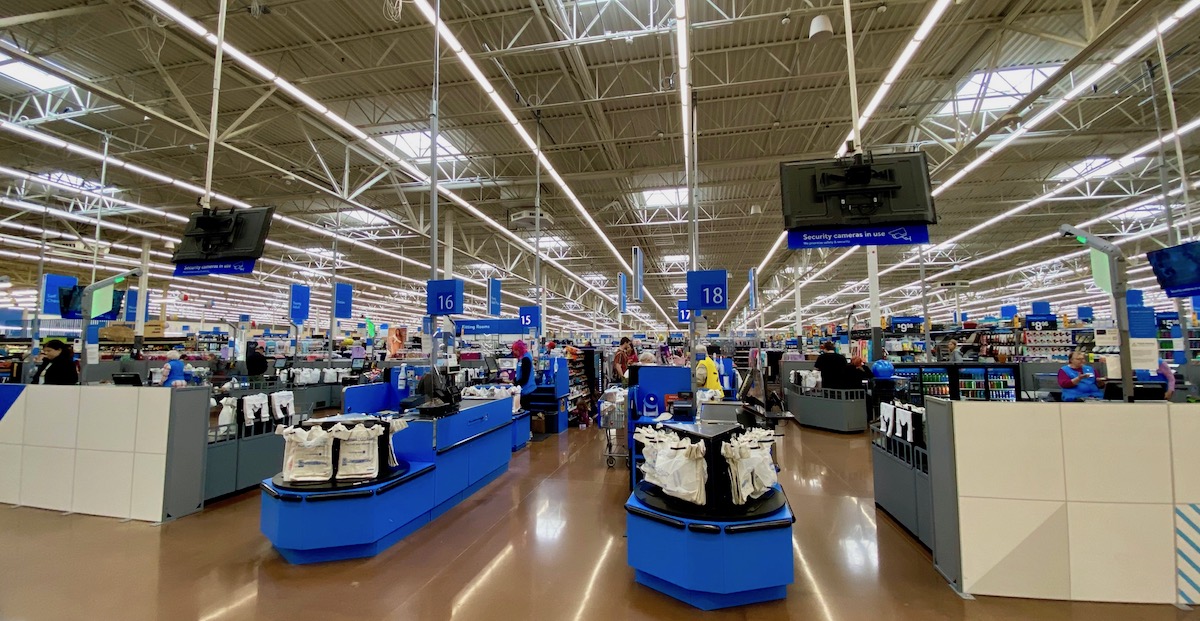


The US retail sector experienced mixed productivity in 2023, according to a report from the US Bureau of Labor Statistics. Labor productivity in wholesale trade declined by 1.6%, while it rose by 1.6% in retail trade. Unit labor costs increased by 6.4% in wholesale trade and 0.5% in retail trade. The report also highlighted the 10 largest retail sectors, which accounted for 57.8% of all workers in the wholesale and retail trade sectors. From 1987 to 2023, labor productivity increased by an average of 2.4% per year in wholesale trade and 3.1% per year in retail trade. Unit labor costs rose by 1.5% per year in wholesale trade and 0.2% per year in retail trade during the same period [e18f7039].
The report identified the motor vehicle and parts merchant wholesalers as the sector with the highest increase in productivity, at 7.1%. This was attributed to a faster rate of output growth (8.4%) compared to hours worked (1.2%). The electronic shopping and mail-order houses sector saw the largest increase in retail trade productivity, with a growth rate of 14.2%. This was driven by a 10.2% increase in output and a 3.5% decrease in hours worked. However, productivity in other general merchandise stores fell by 6%, marking only the second decrease since 1987. The nonstore retailers sector experienced the largest decrease in unit labor costs, with a decline of 8.6%. This was accompanied by a productivity growth rate of 12.3%, which was more than four times the growth rate of hourly compensation [e18f7039].
Meanwhile, the US manufacturing sector has been experiencing a slowdown in labor productivity, as discussed in an article from Liberty Street Economics [8dfbb150]. Over the past two decades, there has been a significant decline in labor productivity in the manufacturing sector, despite it accounting for the majority of US research and development (R&D) expenditure. The decline in labor productivity is not limited to underperforming industries but is occurring within each manufacturing industry. The labor productivity growth rate dropped from an average of 3.4% per year from 1987 to 2007 to -0.5% from 2010 to 2022. The slowdown is also observed in total factor productivity (TFP), which measures labor productivity beyond what can be accounted for by capital and labor quality. The causes of this productivity slowdown remain a mystery and require further investigation [8dfbb150].
While the retail industry continues to be the largest private-sector employer in the US, concerns have been raised about the overall health of the labor market. The concentration of job growth in certain industries, such as government, healthcare, and hotels and restaurants, has overshadowed the slower job gains in the retail sector. However, the retail industry remains a vital contributor to the US economy, providing millions of jobs and making substantial contributions to the country's GDP and labor income [251981bf].